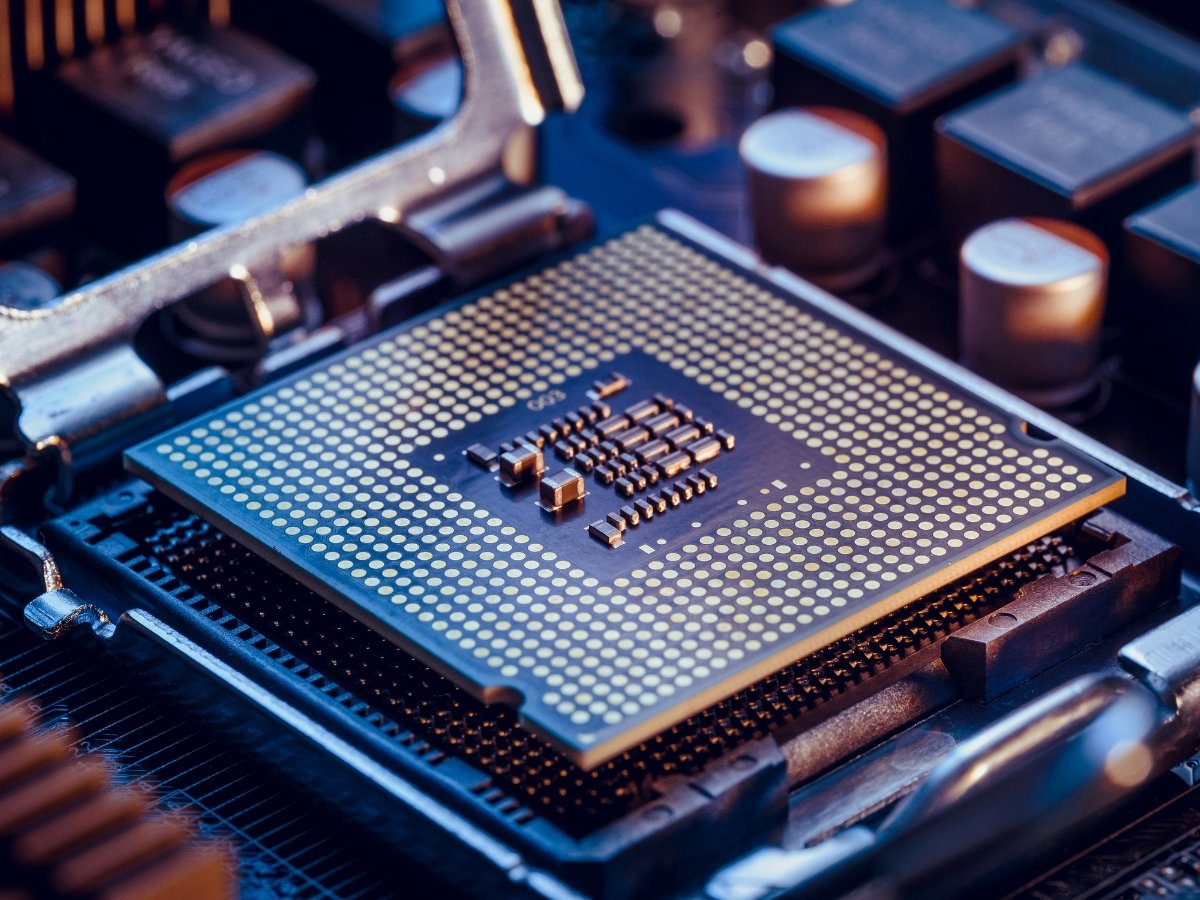The world of Electronic Design Automation (EDA) is evolving rapidly. Fueled by AI, cloud adoption, and complexity in chip design, EDA automation is reshaping job roles and expectations in the global VLSI industry. To stay competitive—and land core roles—engineers must adapt. Here’s how.
1. EDA Market Is Exploding—with AI & Cloud
- The global EDA market is projected to grow from $15.8 B in 2023 to $35.3 B by 2032—a CAGR of nearly 10%
- Industry leaders like Synopsys.ai and Siemens EDA are embedding AI/ML to automate tasks like placement, routing, and timing closure
- Over 38% of EDA usage is now cloud-based—a major shift from traditional on-prem solutions.
Why it matters: Engineers who know AI-driven and cloud-based EDA tools will be in high demand.
2. Power of AI-Enhanced Flows
- AI/ML-based EDA tools provide predictive PPA optimization, congestion detection, and debug support—making flows faster and smarter.
- LLM-aided design is emerging, where language models help generate code, scripts, and constraints for flows.
Why it matters: Stagnant engineers get left behind—automation experts take the lead.
3. Niche Skills Are Still in Demand
Despite a ~15% dip in broad semiconductor hiring (2024–25), specialized roles remain strong, especially in EDA automation, embedded systems, and niche analog design
Why it matters: Automation-savvy engineers are the new “unicorns.”
4. How to Stay Relevant—Skill-by-Skill
| Skill Area | What to Learn |
| AI/ML for EDA | Reinforcement learning in floorplanning, Bayesian placement predictors |
| Cloud-Based EDA | Synopsys.ai, Cadence Cloud, Siemens EDA as-a-Service |
| Scripting & Flows | Python/TCL automation, LLM prompt-design for tool guidance |
| Data Analytics | Yield/bug trend analysis for tool optimization |
| Up-to-Date Standards | Keep pace with formats like CPF/UPF, IEEE’s P1801, and LCMs |
5. Real-World Applications
- Floorplanning: Use ML models to predict congestion and improve placement speed.
- Timing Closure: Deploy reinforcement learning to automate iterative buffer insertion.
- Debug Assistance: Let AI analyze logs, waveforms, and suggest root causes.
- Yield Optimization: Analyze post-silicon data to guide next-gen design tweaks.
Why it matters: Real-world automation tools save weeks per project; now YOU can be the expert using them.
6. How MOSart Labs Preps You for the Automated Future
At MOSart Labs, we integrate emerging EDA trends into our IIT-certified VLSI PG Diploma:
- Hands-on labs in AI-enhanced tools like Synopsys.ai and learned Cadence Cloud environments.
- Curriculum modules on LLM scripting, Reinforcement learning for PPA.
- Exposure to IEEE standards (CPF, P1801) and flow automation techniques.
- Projects that simulate real chip flow automation—from script pipelines to debug AI.
7. Final Thoughts: Be an Automation-Ready Engineer
The EDA industry is shifting: it’s no longer just RTL, STA, and physical design proficiency. Today’s competitive edge lies in automation skills—AI, scripting, cloud flows, and analytics.
By upskilling in these areas, future-proofing your expertise, and choosing training programs that focus on the future of VLSI, you’ll be positioned for outstanding roles in chip design and automation.
Don’t just adapt—thrive. Equip yourself now with automation-first VLSI skills, and become the engineer hiring managers want in 2025 and beyond.



